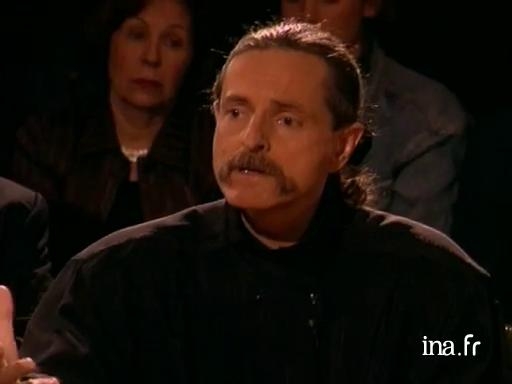Interview with Krzysztof Wodiczko

Information
Krzystof Wodiczko, a Polish artist working in the United States, explains his work in cities: he transforms the facades of monuments into art thanks to his projections. After a brief report on Le Bâton d'Etranger, a mechanism created by the artist which is a sort of traditional shepherd's crook equipped with a monitor, Wodiczko also talks about his conception of art and his role in society.
Context
Since the 1980s, Krzysztof Wodiczko, a Polish video director born in Poland in 1943, has actively created short-lived urban art and installed massive projections on the facades of buildings in order to reveal the poverty of those living at the base of these facades. Immigrants and homeless people therefore find themselves juxtaposed against a decor of buildings symbolising economic and political power.
With a degree obtained from Warsaw's Beaux-Arts school in 1968, Wodiczko started out by teaching industrial design and visual arts all over the world (at the California Arts Institute, at the New-York Institute of Technology, etc...). His "nomad design" theories, like his "shepherd sticks", must record speech and preserve immigrants' memories. He is interested in the relationship between ethics and technology, while observing the societies' political developments, which he explores through visual creations and video installations.
His committed works, exhibited in various Biennial art events, sometimes elicit confusion and controversy, but they always make people reflect on the state of the world and its inequalities. In 1998, Wodiczko received the Hiroshima Prize which honours artists for their contributions to world peace.




